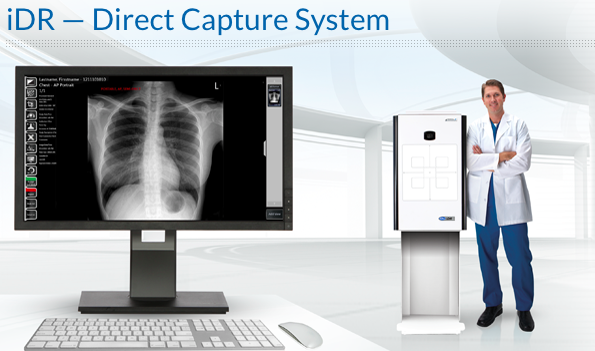Our Technology
COMPUTERIZED SPINAL ANALYSIS AND ADJUSTMENTS
With the Pulstar it is not necessary to put patients in a pre-stressed twisted position that requires a high velocity thrust which usually results in a audible (popping) sound. While that type of adjustment is very effective, some patients found it difficult to relax and did not like the audible (popping) sound, especially when adjusting their neck.
However, some patients still prefer manual type spinal adjustments, which is a core part of my practice. We provide manual adjustments on a daily basis. We have also found that a few patients get better results with a combination of manual and Pulstar adjustments. It is our goal to provide each patient with the best care and the best results possible.
Introducing PulstarFRAS – a computerized, state of the art analysis and adjusting instrument
 BRIEF HISTORY AND DESCRIPTION OF HOW THE PULSTAR WORKS:
BRIEF HISTORY AND DESCRIPTION OF HOW THE PULSTAR WORKS:
Joseph M. Evans, Ph.D., invented the Pulstar. He holds a US patent on the instrument, as well as at least six other patents for various inventions. Dr. Evans has an impressive background as a scientist and inventor. He received his Ph.D. from Carnegie Mellon University. He worked for many years for Westinghouse Research Laboratories as a senior research engineer. He served as principal investigator of NIH, with the objective of producing a clinical intra-aortic balloon heart assist. He successfully produced forty assist devices and guided the program through the clinical evaluation stage. He was selected to head the Biosciences and Medical Systems Department of the Westinghouse Research Laboratories. While doing so and under his direction his team developed advanced concepts in arrhythmia monitoring, a continuous invivo blood gas monitor, a computerized intensive care system, advanced video display system, and ultrasonic imaging system.
The Pulstar is comprised of two major components. A computer and a handheld adjusting instrument. The handheld adjusting instrument contains an impulse head that is attached to electronic control sensors. When activated on the patient’s spine with a light compression force – 10 lbs – it measures the tissue compliance and joint fixations. The bones of the spine called vertebra should have a normal range of motion. If they get “locked,” “stuck,” “misaligned,” or “out of place” they lose their normal range of motion. When that occurs it’s called joint fixations or subluxation.
The impulse head is connected to a computer, which contains a sophisticated software program. The data from the handheld instrument is transmitted to the computer and displayed on the computer screen in two different graph forms. The doctor takes this information along with the other information obtained from the patient’s history, examination, and other diagnostic tests such as x-rays to render the appropriate treatment.
The patient is on a treatment table in a relaxed position. The doctor is now ready to give the adjustment. The adjustment is given with the handheld instrument via a rapid toggle force from the impulse head. The force can be set from a very light 10 lbs up to 35 lbs. The lightest force needed to make the correction is used. Once the adjustment has been given the patient can be re-checked to determine if the desired correction was made.
The adjustment is very gentle. Patients that are in acute pain and could not stand to be put in a twisted position or withstand a very forceful type of manual treatment can be adjusted with the Pulstar.
Elderly patients and patients that dislike having their neck manipulated with a twisting type manual treatment love the Pulstar.
Digital X-ray Technology

We are proud to introduce our newest piece of diagnostic equipment – the iDR: a high-resolution, DR solution designed for the modern practice. This deploys a unique scanning DR technology that allows for a direct digital workflow that reduces the time for diagnosing patients and thus speeds up delivery of treatments. The iDR produces amazing image quality and is backed by powerful optics, sensors, and a solid-state, mechanical drive system.
